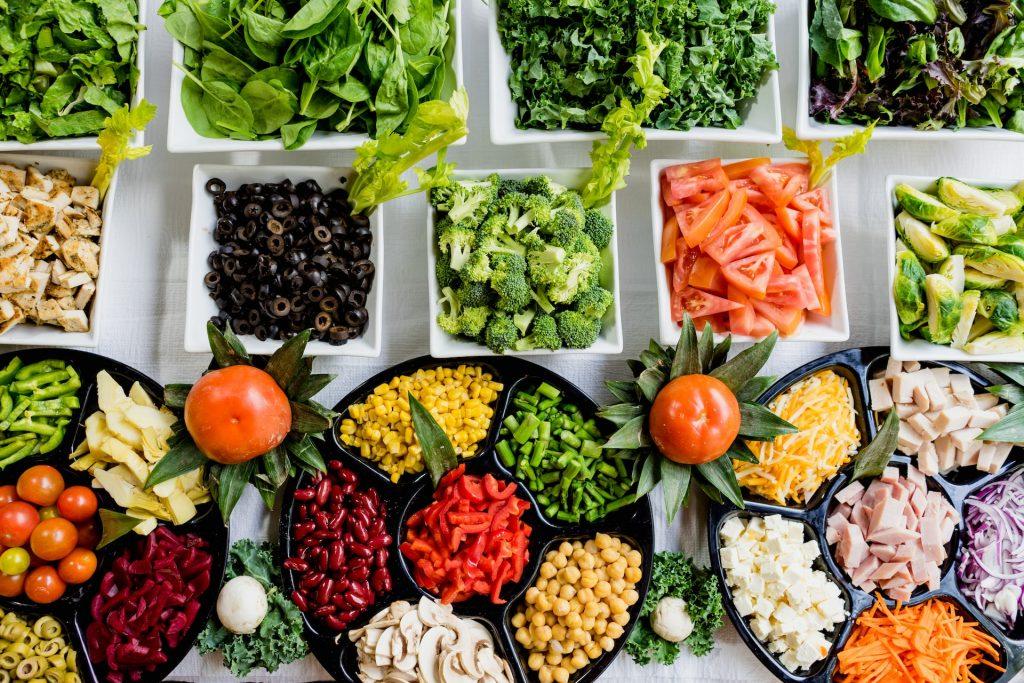In a world where the importance of healthy eating is constantly emphasized, it’s no secret that our food choices play a pivotal role in our overall well-being. We are often bombarded with messages about the significance of a balanced diet filled with fruits, vegetables, lean proteins, and whole grains. However, there’s a paradox that continues to perplex many: Why does unhealthy food taste so good, while healthy food often falls short in the taste department? This article delves into the intricate relationship between our taste buds, our food choices, and the culinary conundrum of why bad food often tastes so irresistibly good.
The Importance of Eating Healthy
Before we unravel the mysteries of taste preferences, let’s briefly emphasize the paramount importance of consuming a healthy diet. Healthy eating isn’t just a buzzword; it’s a fundamental pillar of maintaining good health and warding off a multitude of chronic diseases, including obesity, heart disease, and diabetes. Nutrient-rich foods, brimming with vitamins, minerals, and antioxidants, fuel our bodies, enhance our energy levels, and boost our immune systems. So, why isn’t it always easy to embrace these nutritious options with open arms?
Why Do Most Healthy Things Taste Bad?

Healthy food, with its reputation for being lackluster in flavor, often encounters a chilly reception. But why do healthy things taste bad, or at least less appealing to our taste buds? Several factors contribute to this culinary conundrum:
1. Taste Bud Adaptation
Our taste buds are remarkably adaptable. They respond to our dietary choices, and when we consistently consume unhealthy, highly processed foods loaded with sugar, salt, and unhealthy fats, our taste buds adapt. They become accustomed to these intense, indulgent flavors, which can lead to a diminished appreciation for the subtler tastes of healthier options.
2. The Salt, Sugar, and Fat Trio
Unhealthy foods, such as fast food and processed snacks, are notorious for their high levels of sugar, salt, and unhealthy fats. These ingredients often used generously to enhance taste, trigger our brain’s pleasure centers. This stimulation creates a sense of satisfaction and enjoyment akin to a pleasurable experience, contributing to our preference for these foods.
3. Addictive Properties
Studies on lab rats have shown that consuming fatty foods can create addiction-like responses in the brain. Rats developed a tolerance to the pleasure derived from fatty foods and sought higher quantities, even in the face of adverse consequences. Humans may exhibit similar behaviors, with increased cravings for unhealthy foods as they become less sensitive to the flavors of healthier alternatives.
4. Influence of Marketing
Our preferences for certain foods can be influenced by marketing tactics. The food industry is skilled at presenting unhealthy options as tantalizing and desirable, often using colorful packaging and clever advertising to entice consumers. The notion that junk food is tasty and healthy food is unpalatable has been subtly planted in our minds, skewing our choices.
Why Does Bad Food Taste Good?

On the flip side, why does bad food taste so good? Unhealthy foods seem to have a magical allure that’s hard to resist. Let’s explore the factors that contribute to this irresistible appeal:
1. Smell and Aroma
The aroma of food is a crucial element that affects taste. The enticing smell of unhealthy food amplifies the overall flavor experience. Our brains connect certain smells to memories, and the scent of fast food may evoke memories of enjoyable childhood treats, making the experience more pleasurable.
2. Mouthfeel
The term “mouthfeel” was created by scientists to explain how the interplay of texture and flavor impacts our sense of taste. Fast food chains meticulously craft the perfect mouthfeel to make their offerings appealing. The thought of biting into a juicy burger, crispy fries, and sipping on a creamy milkshake can elicit strong salivary responses, enhancing the enjoyment of these foods.
3. Ingredients and Additives
Unhealthy foods often contain additives rich in sugar, salt, and unhealthy fats. These additives are a primary reason behind the deliciousness of junk food. High levels of sugar, salt, and fat contribute to intense taste experiences, leading to heightened cravings.
4. Memories
Positive memories associated with fast food, particularly from childhood experiences with family or friends, play a significant role in the allure of unhealthy options. These memories create a pleasant association with the taste and smell of these foods, making them more appealing during certain emotional states, like stress.
5. Appearance
Fast food is engineered to look fresh and inviting. The visual appeal of food is a critical factor in the overall eating experience, engaging multiple senses simultaneously. The appealing appearance of fast food, along with its taste, smell, and mouthfeel, makes it more enticing than homemade meals.
What Can You Do About It?
Now that we’ve dissected the reasons behind unhealthy food’s appeal and the relatively lackluster taste of healthier options, let’s explore strategies to navigate this culinary dilemma:
Experiment with Flavors: To make healthy food more enjoyable, experiment with different herbs, spices, and seasoning combinations. Elevate your meals with flavors that excite your taste buds, making nutritious options more appealing.
Try New Recipes: Don’t hesitate to explore new recipes and cooking methods. There are countless healthy recipes available that can transform your perception of nutritious foods.
Moderation and Compromise: It’s essential to find balance. While it’s crucial to embrace a healthy diet, occasional indulgences in moderation can satisfy cravings and make it easier to stick to your dietary goals.
High-Quality Ingredients: Opt for high-quality, fresh, and locally sourced ingredients. Organic fruits and vegetables, grass-fed meats, and free-range poultry can provide vibrant and flavorful options that rival their artificially enhanced counterparts.
Home-Cooked Alternatives: Craft homemade renditions of your preferred fast-food dishes, granting you control over ingredients and cooking techniques, resulting in more nutritious options that closely resemble restaurant fare in appearance, flavor, and texture.
Bottom Line
The paradox of why unhealthy food often tastes good while healthy food may not be as appealing is a complex interplay of sensory experiences, memories, ingredients, and marketing strategies. It’s essential to acknowledge these factors and develop strategies to enjoy a balanced diet that supports your overall well-being. With experimentation, moderation, and a bit of culinary creativity, you can discover the delicious side of healthy eating and savor nutritious meals that satisfy both your taste buds and your health goals.
